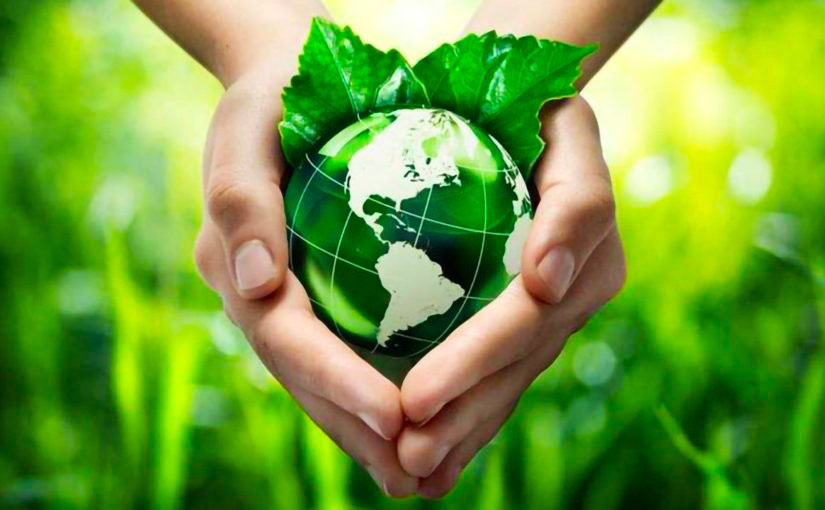
"WE ARE THE EARTH" - DECEMBER 2021
Let's walk together - Letter December 2021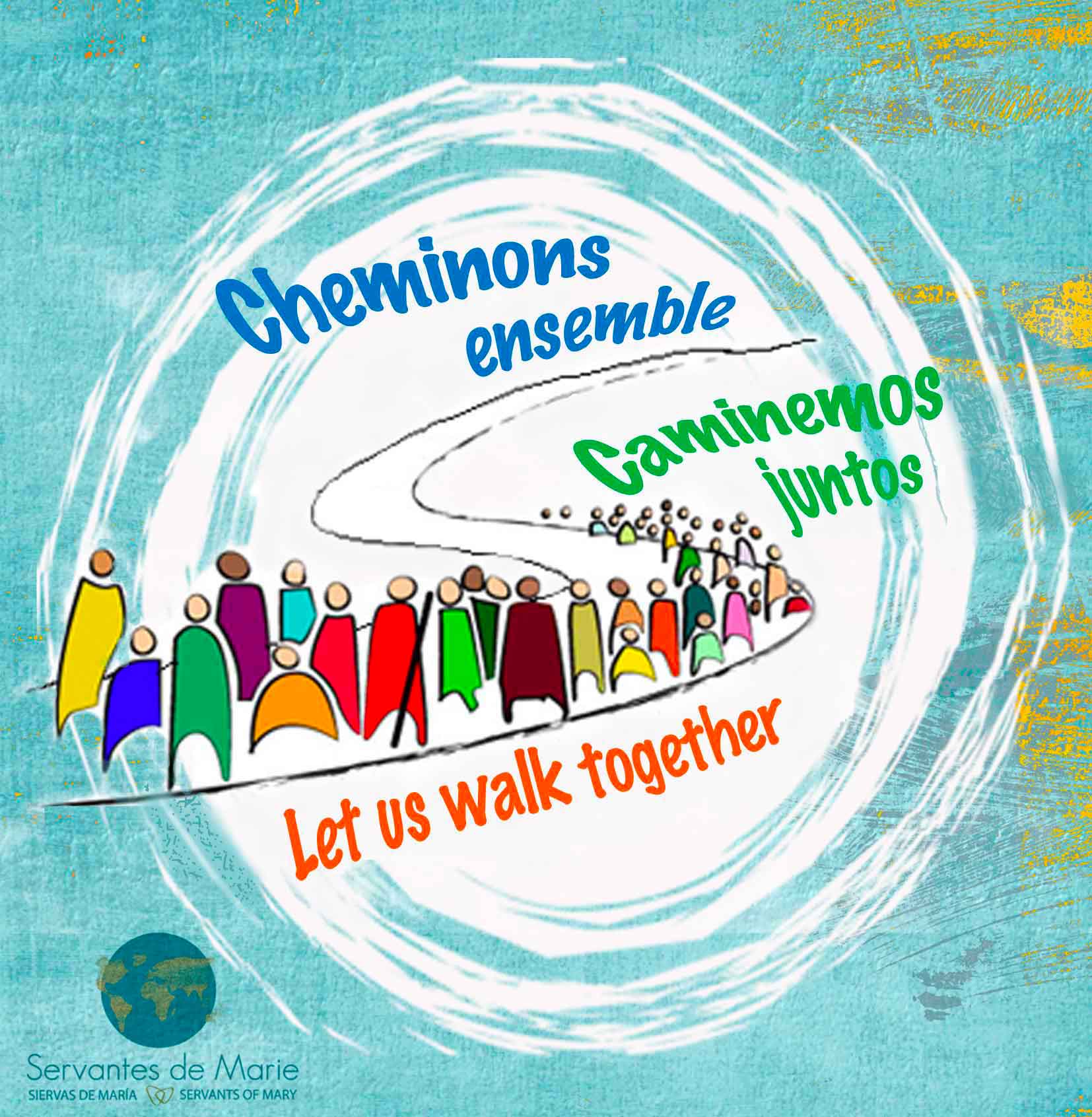
Hello dear readers!
Thank you for your welcome, many of you are reading us in several continents.
We are the Earth
In this month of December, we are walking together towards Christmas, the birth of Jesus, inseparable from his most holy mother Mary and Saint Joseph.
This year's theme was "ecology" in the light of Laudato Si'. In the last chapter "Ecological Education and Spirituality", paragraphs 241 and 242 speak of Mary "the queen of all creation", as a model of integral ecology; this will be the theme of the last letter of this year.
In the previous letters, we have seen that everything is related because "everything is linked".
Let us walk with Mary, model of integral ecology.
1. The Pope's words
Some extracts from Laudato Si':
§241: Mary, the mother who cared for Jesus, now cares for this wounded world with maternal affection and pain. Just as she wept for the death of Jesus with a pierced heart, she now feels for the suffering of the poor crucified and the creatures of this world who have been destroyed by human power. Totally transfigured, she lives with Jesus, and all creatures sing her beauty. She is the Woman "clothed with the sun, the moon is under her feet, and twelve stars crown her head" (Rev 12:1). Raised to heaven, she is Mother and Queen of all creation.
In her glorified body, with the risen Christ, a part of creation has reached the fullness of its beauty. She treasures the entire life of Jesus in her heart (cf. Lk 2:19, 51), and now understands the meaning of all things. Hence, we can ask her to enable us look at this world with eyes of wisdom.
§242: At her side, in the Holy Family of Nazareth, stands the figure of St. Joseph. He took care of Mary and Jesus, defended them with his work and his generous presence, and freed them from the violence of the unjust by bringing them to Egypt. In the Gospel, he appears as a just, hard-working, strong man. But from his face also emanates a great tenderness, which is not the characteristic of the weak, but the characteristic of those who are truly strong, attentive to reality in order to love and to serve with humility. This is why he was declared protector of the universal Church. He can also teach us to protect, he can motivate us to work with generosity and tenderness to care for this world that God has entrusted to us.
Father Cestac was always inspired by Mary. He said that Our Lady of Refuge was his work.
2. Mary, queen of creation, model of integral ecology
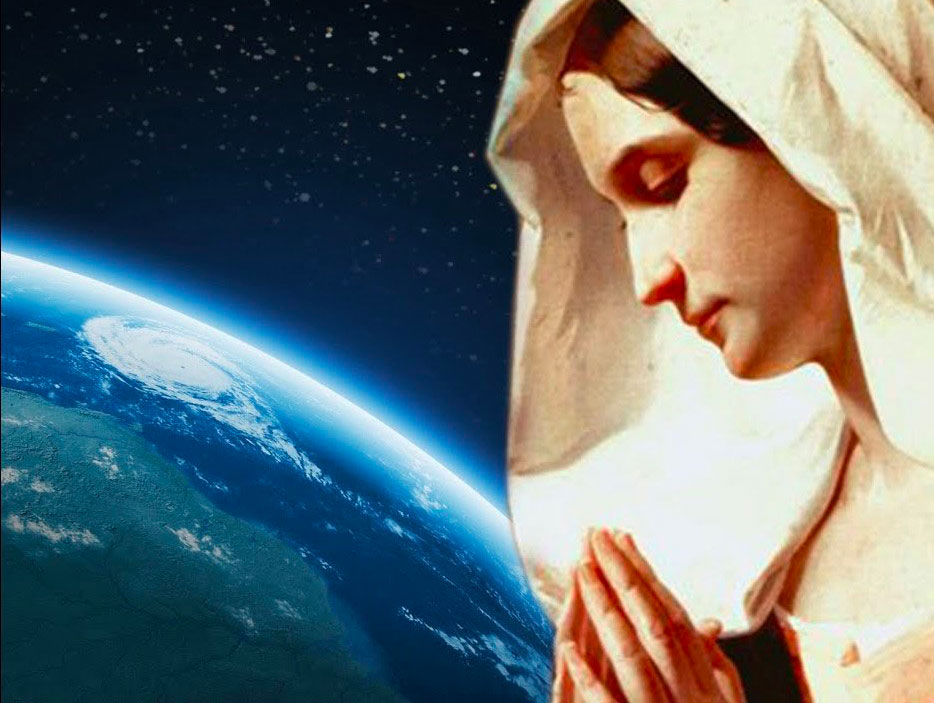
Stan de Larminat, agronomist, bio-ethicist and lecturer, has published various works such as "Ecology, the new garden of the Church" or "Dialogue and controversy so that justice and peace may be embraced" or "Christian ecology is not what you believe". He has started a travelling retreat, a Marian tour of France on foot.
On her site "les2 ailes.com", is published an article on the theme that interests us: "Mary, Queen of creation, model of integral ecology". We propose you some extracts of this article:
In Mary, everything is relationship. Integral ecology has precisely the vocation to give an account of the human being in his four fundamental relationships:
- his relationship with God,
- his relationship to himself and to the dignity of his own person,
- his relationship to the dignity of the other human person, especially the simplest,
- and his relationship to non-human creatures.
If one of these relationships is in deficit, the entire human being is affected.
It remains to be seen what is the proper value of each of these relationships. Our Lady is certainly the one who best knew how to unify all these relationships in a perspective of what Laudato Si' calls "the full development of humanity" (LS§62).
In what way is the quality of the links that unite Mary to each of these realities, Mary is a light that illuminates the concept of integral ecology?
- Mary's relationship with God
Mary's relationship with God is manifested in her trust in him, her obedience and her hope.
- Her fiat, obedience to the Angel and to the voice of God. Obedience to the decree of Augustus that obliges her to leave Nazareth, to go to Bethlehem with great effort. The true freedom of Mary was to be fully obedient.
- Confidence, which for Mary was the opposite of any form of catastrophism. And yet she could have experienced Joseph's anxiety and his desire to leave her as disasters; the fact of being pregnant, a social disaster for a bride; the incomprehension of seeing her son abandon her in the temple to be "at his Father's business"...
- Mary's hope, even at the foot of the cross: she believes in the resurrection of her son.
- Mary, in her relationship with others
In Mary, everything is a true relationship, not only with God, but also with those around her, with her family, her friends at Cana and with the apostles, and with all humanity, according to the very will of Jesus. In a way, these relationships are essential to the common good. As Laudato Si' states, "Integral ecology is inseparable from the common good" (LS§156).
- Mary and the Holy Family
The Holy Family is a sign of the domestic Church. In the Holy Family, Jesus felt closer to God's love by experiencing the love that his mother had for him. Mary, together with Joseph, is the model for the family in that she knew, oh so well, that her son was a gift. Thanks to Mary, we understand why and how, as John Paul II said, "the first structure for a human ecology is the family".
- Mary and her relatives
At Cana, Mary is invited by relatives to a wedding. Her attitude calls us to listen, to be guided by poverty and concern for others, very concretely that of the other guests. "She wants to bring the true joy of the new wine to our whole society." The new wine of the wedding at Cana came from the jars of purification, from the place where all had left their sins... Thanks to Mary, the water changed into wine at the beginning of the Gospel, announces the wine of the Eucharist, God's love marriage with humanity. With concern for the other, it is to show the way to true joy.
- Mary is all humanity
At the foot of the cross, Mary accepted to see her son sacrificed for the salvation of mankind, and by this consent she participated in the redemption of the human race. She is a model of heroic charity and, moved by compassion, she accepted the words of her Son: "Father, forgive them, for they know not what they do".
Mary is a model of motherhood for us and she is also our Mother. Queen of Creation, it is Mary who is our mother, humble and compassionate for her children.
- Mary in her relationship with herself
In the priestly prayer, Christ prays to his Father that people "may be one like Us... that they too may have my joy, a joy that is complete" (John 17:11-13). It is this joy that is constitutive of our intimate unity, of our inner relationship with ourselves. Conceived without sin, Mary is "blessed among all women" and lives in her own womb a perfect unity with herself. The concept of integral ecology wants to give an account of this unity of my person, of "my interior relationship with myself". It is more than a simple consequence of the three other relationships mentioned "with others, with God and with the Earth" (LS§70).
- In Mary, a unity that constitutes the unity of the person
Mary was completely respectful of her chaste husband and of the tenderness of heart that they expressed to each other. But Mary, the new Eve, finds in God alone a fullness of grace in this double dimension of the image of God-Father and God-Mother.
Father Louf explains that "the man and the woman, through celibacy and prayer, also find their other half in God, this other panel of the diptych, tenderness and strength, which constitutes here below a very pure image of God..."
- Mary in her relationship with non-human creatures
"An integral ecology implies devoting some time to rediscovering serene harmony with Creation." (LS§255)
There is no doubt that Mary gave thanks to God for the ox that tradition records her presence in Bethlehem, or for the donkey that carried her on her flight to Egypt, or for the pair of turtle doves or young doves that she offered as a sacrifice (Luke 2:24) on the day of her purification.
The Holy Scriptures give few details about the daily life of the Virgin, but all the Christian allegory places Mary at the center of the cosmos, as if to help us understand this reality: "She is crowned with stars, the sun is around her, the moon is under her feet" (Revelation 12,1).
- What place has she given to the relationship with non-human creatures?
Saint Alphonsus of Ligori developed the idea that Noah's Ark, which shelters all the animals, was a figure of Mary. Thus, under the protection of Mary, all the sinners, who have become like animals because of their vices and sins, find refuge in Mary. But the Ark releases the animals as they had entered. Instead, under Mary's cloak, wolves and tigers become lambs and doves.
Mary, married to Joseph, saw him working with wood in his hard job as a carpenter, "a place of multiple personal development where several dimensions of life are at stake: creativity, projection on the future, development of abilities, putting into practice values, communication with others, an attitude of adoration" (LS§127).
By enthroning St. Francis as the patron saint of "cultivators of ecology" (Bull of 29/1979), John Paul II underlined the indissoluble link between work and ecology.
- Mary, "new Eve" is Queen of the new Creation
The whole of creation has been renewed by Christ, and Mary has intervened as the "new woman". The Creator of the universe gives kingship to the Son, anointed by the Spirit, who shares this kingship with Mary. If the Word, made flesh, governs heaven and earth, his mother is also recognized as "Sovereign of all Creation" at the moment when she becomes the mother of the Creator, according to John of Damascus.
Saint Anselm writes: "Heaven, stars, earth, rivers, day, night, and all the creatures that are subject to the power of man or arranged for his use rejoice, o Our Lady, to have been by you in some way resurrected to the splendor they had lost, and to have received a new inexpressible grace. Things were as good as dead because they had lost their original dignity for which they had been destined...God is therefore the Father of created things; Mary is the mother of recreated things."
According to Irenaeus of Lyon, "By her disobedience, Eve created the knot that strangled the human race. By her obedience, Mary untied it. What the virgin Eve tied by her unbelief, the Virgin Mary untied by her faith."
Mary calls us to untie everything that strangles us. Through the model of her life, she brings to light the links that unite us to God, and also to others, the links that constitute integral ecology, the intimate links of our person, those that push us towards others, and towards all of Creation. In this she is the Queen of Creation and a model of integral ecology.
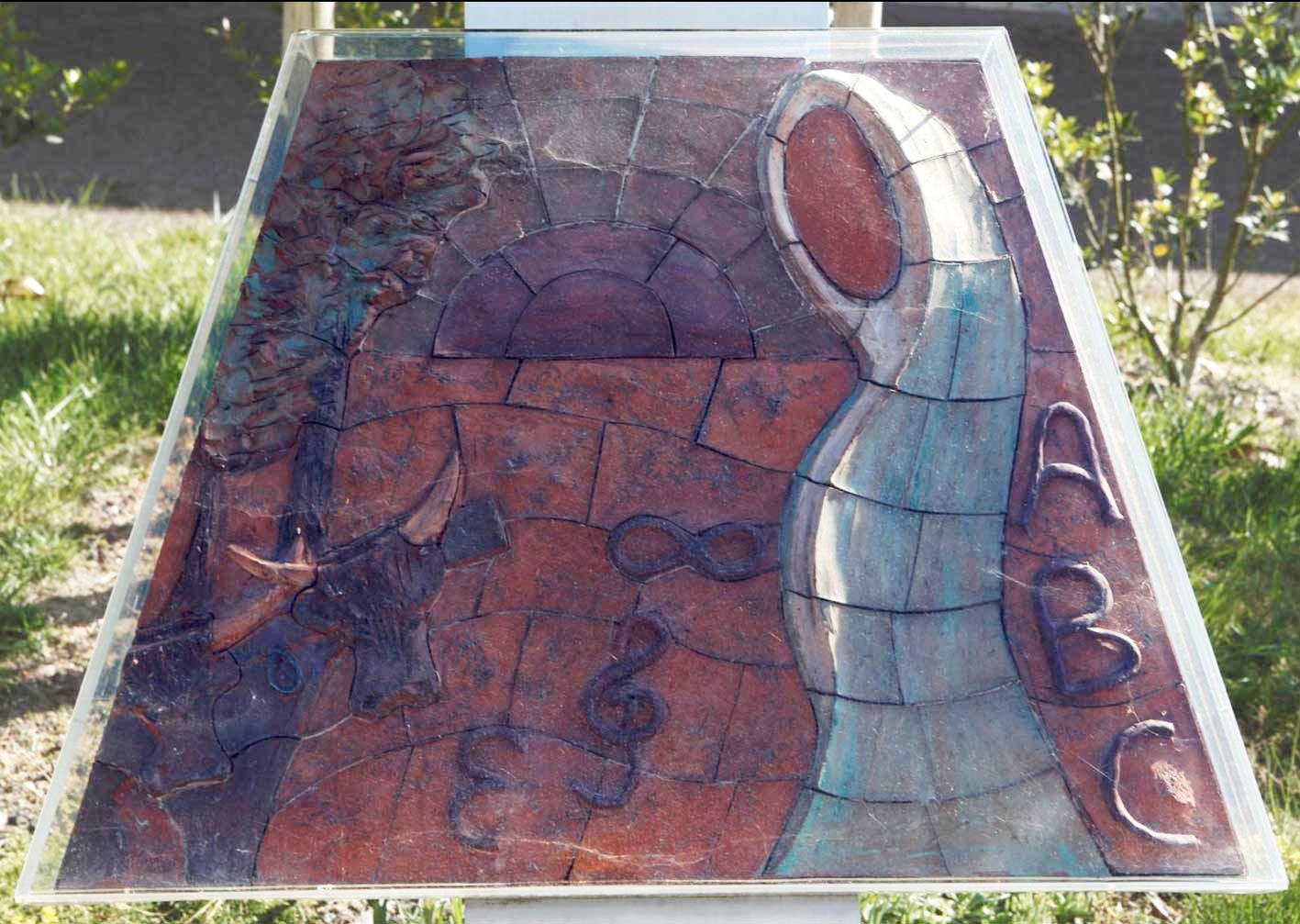
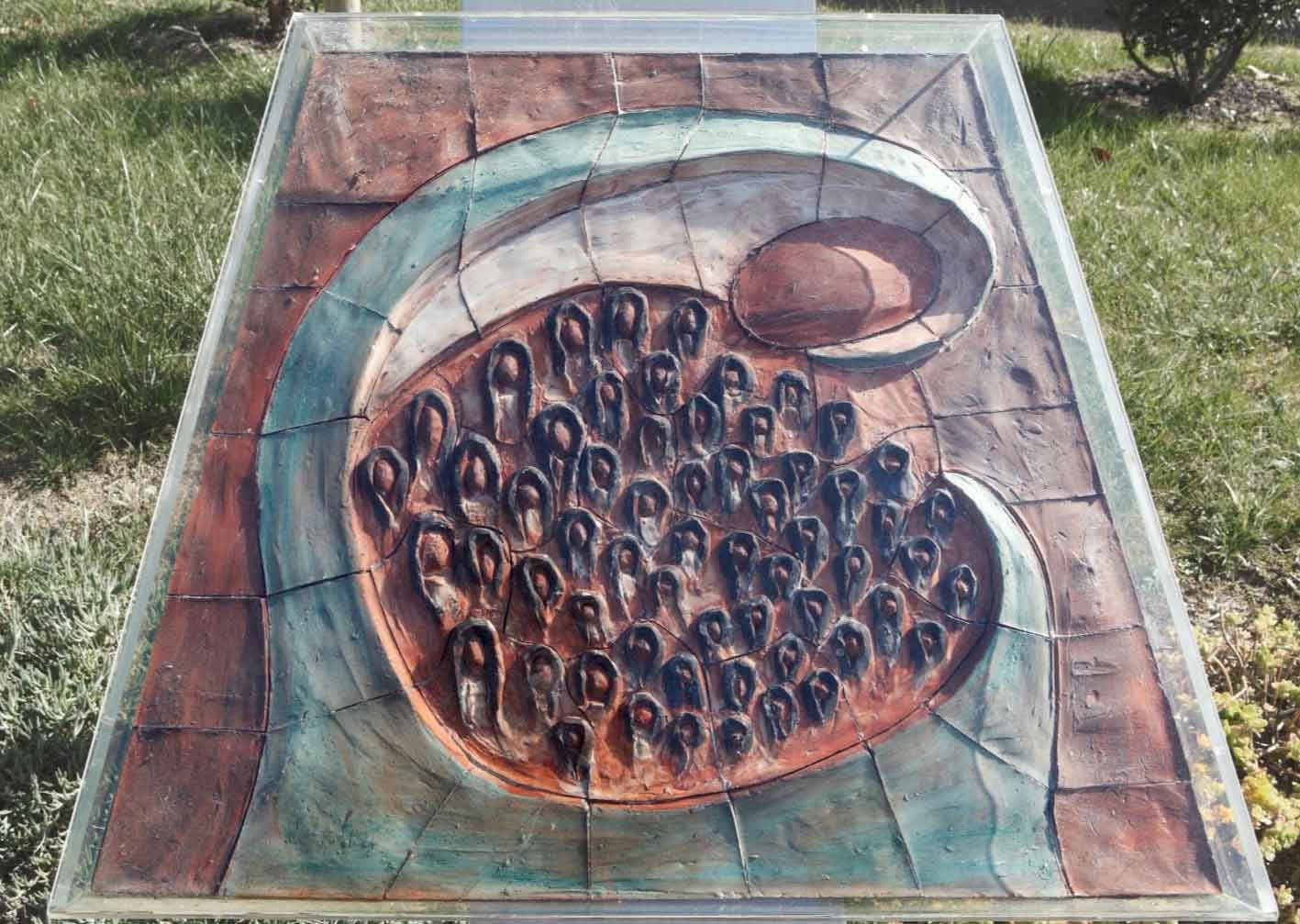
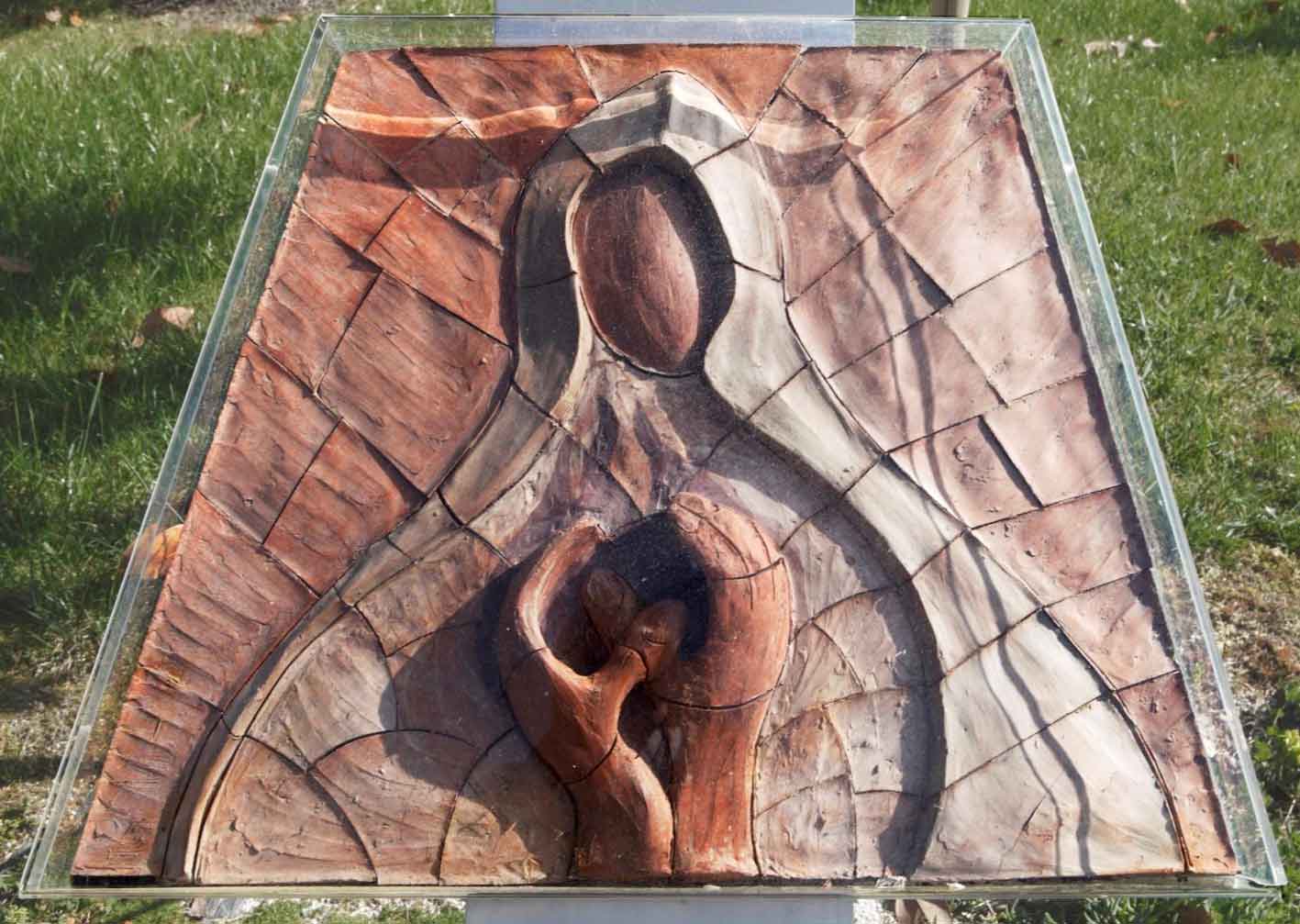
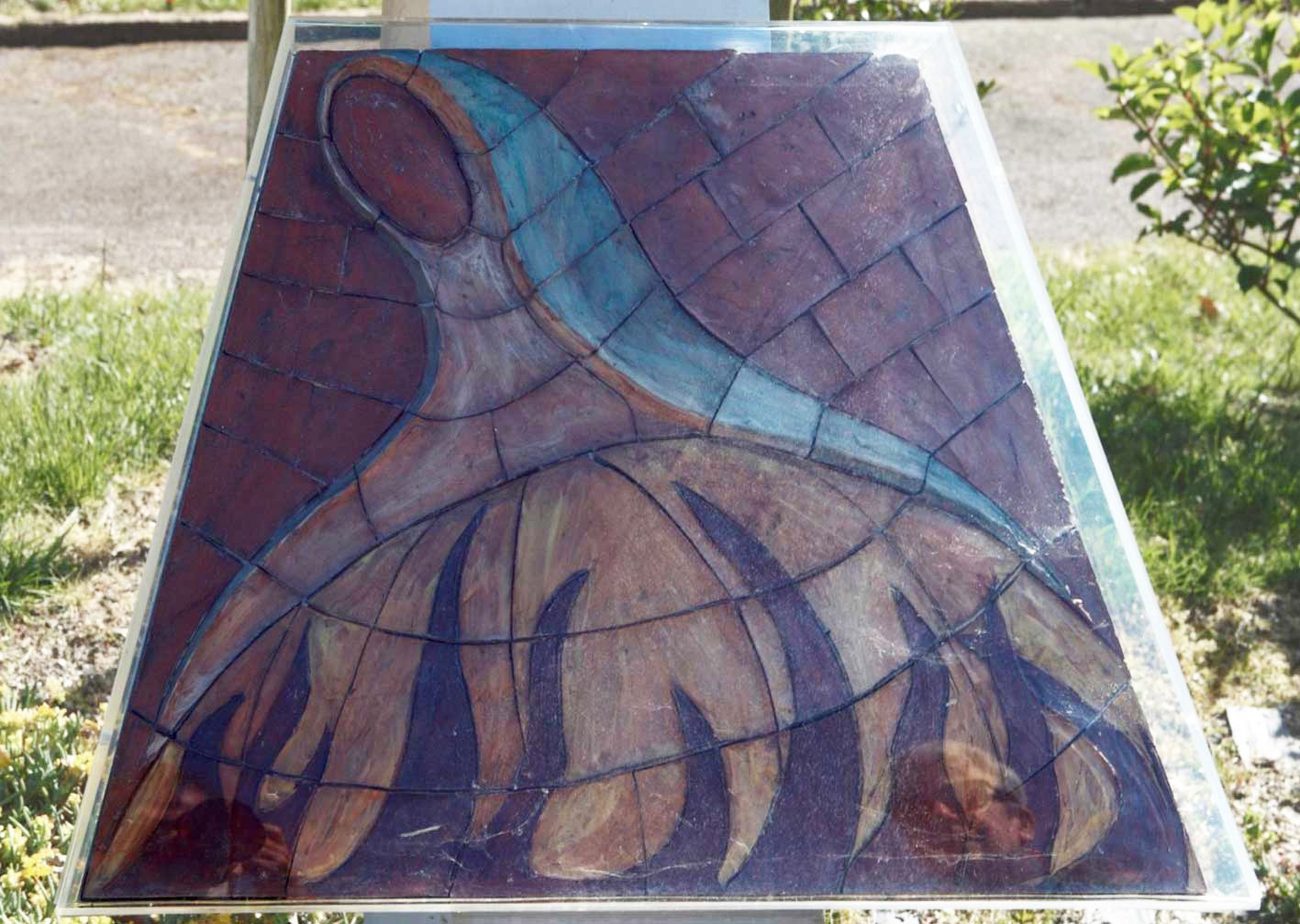
3. The words and actions of Father Cestac
- A few moments of history
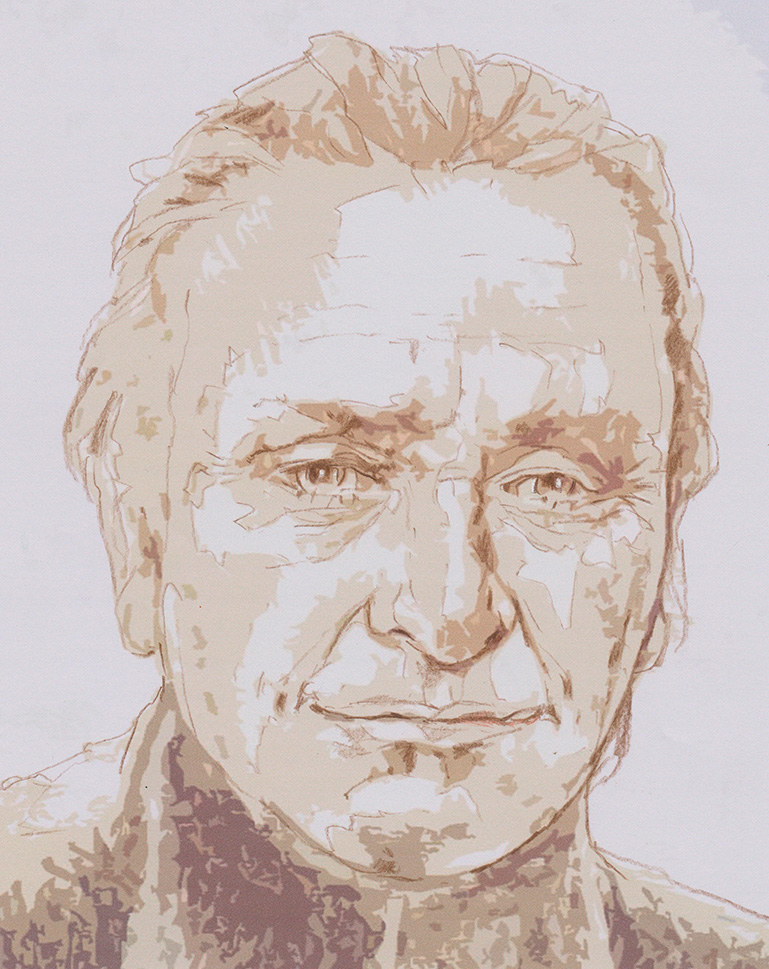 "And there I saw the young repentant girls, in the countryside, without walls, doors or locks, busy with agricultural work, enjoying a wide freedom…The young girls of the Basque Country, as well as the Béarnaise girls, of a lively and exalted character, and dominated by an irresistible need for independence, would not easily suffer an absolute seclusion.
"And there I saw the young repentant girls, in the countryside, without walls, doors or locks, busy with agricultural work, enjoying a wide freedom…The young girls of the Basque Country, as well as the Béarnaise girls, of a lively and exalted character, and dominated by an irresistible need for independence, would not easily suffer an absolute seclusion.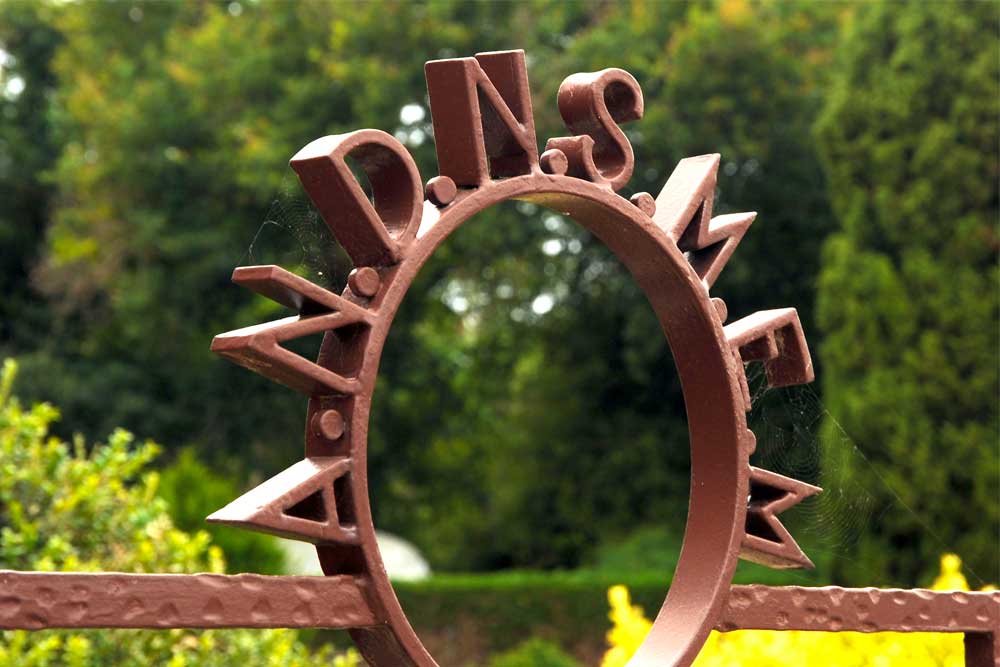
- What did he write about his Blessed Mother?
4. Reflections and reactions
5. Prayer to Mary, Queen of Creation
